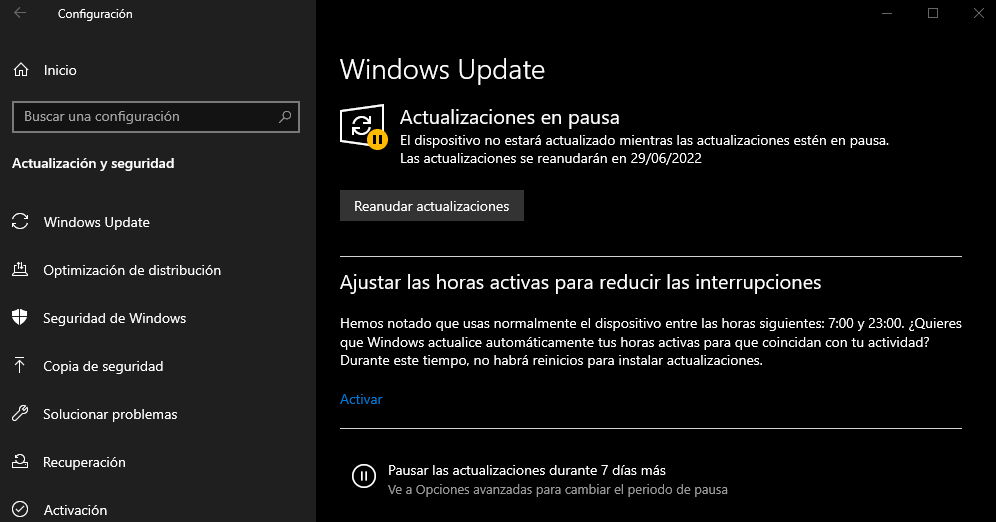Windows errors have become an integral aspect of Microsoft operating systems. The guys from Redmond are trying to improve stability by reducing the number of versions and increasing testing and distribution control, but they haven’t been able to avoid the vicious circle that keeps repeating itself: each update fixes previous bugs, but randomly causes new ones.
Microsoft recently released a monthly update with a large number of security patches and more to improve the quality of the version, but two other bugs were discovered that needed to be added to the collection. One of them attended Azure Active Directory (AAD) issues with Microsoft 365 login, VPN connections, Microsoft Teams, and Microsoft Outlook on ARM-based Windows devices. The company has already released an emergency fix that fixes these bugs in Windows 11 and Windows 10.
The second of the disorders affects wifi hotspots or rather the possibility of creating them through Hotspot Wi-Fi, which many of us use to share our Internet connection, such as from 5G mobile broadband to other devices.
In Windows, affected users (reportedly quite a few) report that a hotspot host loses its Internet connection after a client device connects. It affects both Windows 11 and Windows 10 and there is no solution at the moment. Well, yes, the one that Microsoft said: “turn off access point” which is useless as you can imagine… Microsoft says it is investigating the issue and releasing out-of-band updates (known as OOBs) to fix it.
Delay updates against Windows errors
True, properly supporting a huge Windows ecosystem is not an easy task, and we fear that the update situation will not improve. Users or professionals who can’t afford to paralyze their work computer have no choice but to take action. One is clear and complete, looking for alternatives and migrating to a more stable system like Linux. If you are still using Windows due to a decision or necessity, postponing Windows updates is a good practice.

may be temporarily suspend from the same configuration tool, or choose more radical measures, such as those that can be taken from Group Policy or the registry, from where updates can be completely blocked until their overall stability is verified. And if you have already installed some of the conflicting, you can uninstall them in the settings application.
